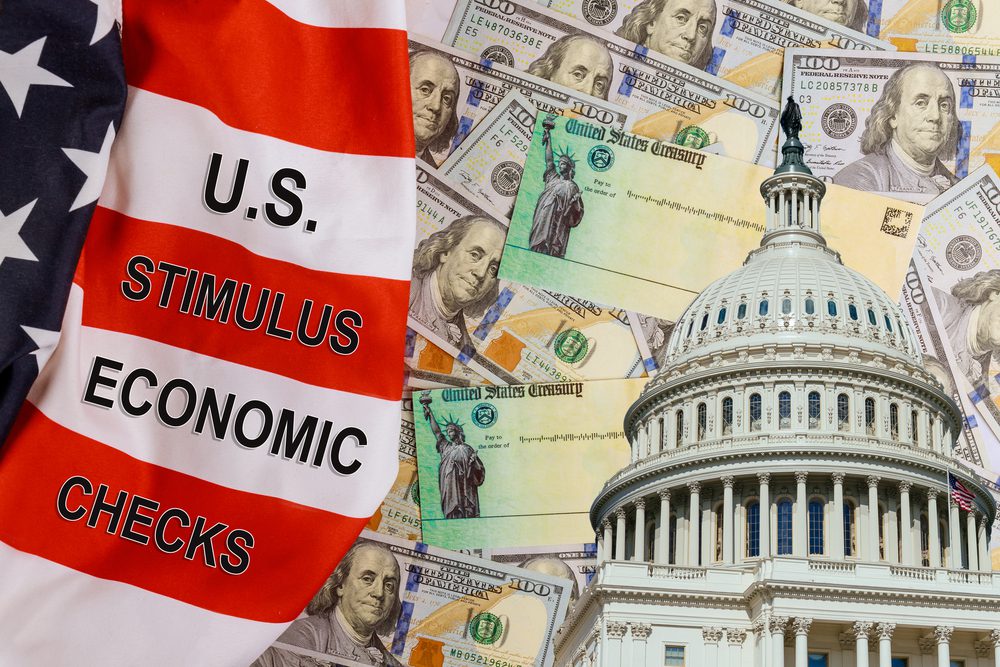
Important caveats
Although the rebate is tied to tariff revenue, that does not mean the consumer cost of tariffs disappears. One of the criticisms is that tariffs raise consumer prices, and so the net benefit to low- and middle-income households may be far less than the headline rebate suggests. The think-tank Cato pointed out that “American consumers and businesses bore the tariffs” and that the rebate would essentially be a redistribution funded by consumers’ higher costs.
The federal deficit is still large. Even if the rebate is funded by tariffs, the broader budget picture remains under strain, which means the logic of paying out rebates while running trillion-dollar deficits is subject to scrutiny.
Because the legislation is still in the early stages, nothing is guaranteed. Many bills introduced in Congress never advance, especially when political priorities shift. One analyst said: “This bill is just sitting in Congress—collecting dust. No votes, no cosponsors, no real momentum.”
Newsweek
Even though the baseline amount is $600 per person, the bill ties the actual applicable amount to the “amount of qualifying tariff proceeds divided by the number of eligible individuals.” In effect, if fewer people qualify (for whatever reason) or if revenue projections change, the per-person payment could be different (higher or lower).










yes, end me 600 dollar check from trearifs you collerted 11 trion dollars in 6 mouths send it 3-5 days will be waiting !